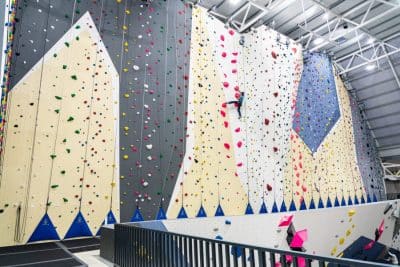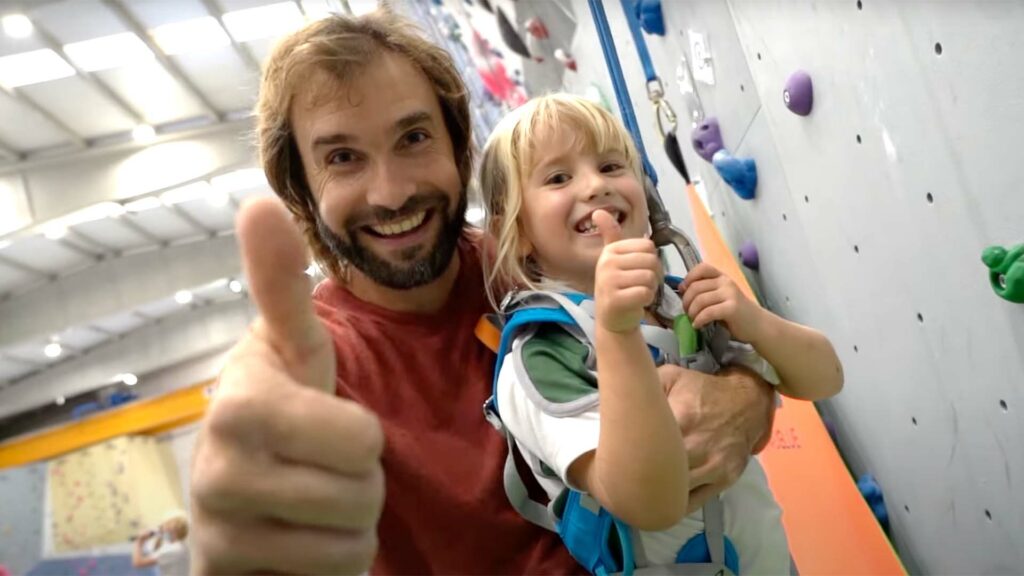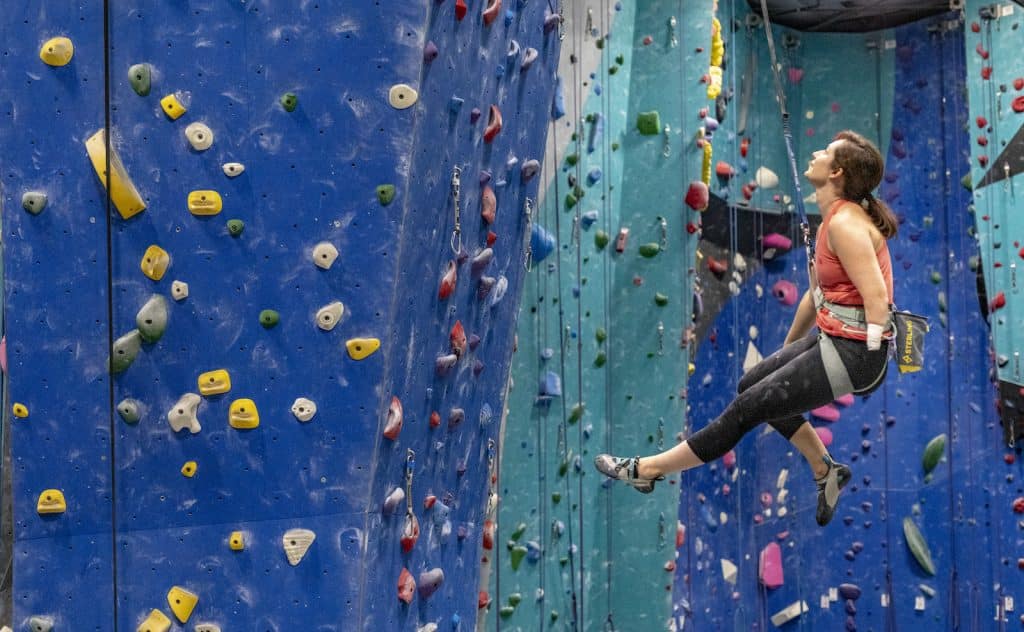Have you ever stopped to think about how incredibly talented you are at using a fork? Unless you’ve got a toddler at home, I’m guessing the answer is probably no. After years of practice, each stab, swoop, jab, and scoop comes so naturally that you don’t even have to think about it anymore.
Why would you waste your time? You just eat.
The next time you’re wolfing down a bowl of spaghetti, I’d encourage you to pay attention to how your fingers are handling the fork. It’s actually pretty remarkable. The series of movements that goes into loading every mouthful onto those four skinny tongs is much more complicated than they might seem. But that’s only because, without even realizing it, you have become a master of the fork.
As Malcolm Gladwell would say, you’ve put in your 10,000 hours. You are a bona fide expert now. World class.
The trouble with being an expert at anything is that it can be difficult to remember what it was like NOT to have mastered that skill. At the risk of losing you with too much fork talk, imagine sitting down to a nice garden salad without ever having used a fork before. Imagine having to deal with all those croutons. Imagine the frustration of an unsliced cherry tomato.
Which leads us to a very important question: what on earth does any of this have to do with climbing?
Relearning How to Use a Fork (for climbers)
It can be tempting at times to think of the climbing community as a single, homogeneous entity. A ubiquitous “climbing culture.” But that’s not really the case.
As with any community, reality is much more complicated. And yet, when we talk about “building community” within a climbing gym, the voices we hear are usually the ones who speak up the loudest. In many cases, these are the members who are the most confident, the most involved, and the most comfortable within the gym environment.
Once you become comfortable within your local gym, it can be difficult to remember what it was like to feel uncomfortable.
From the perspective of someone who does feel comfortable in the gym, it’s easy to look around and think, “Finding a partner isn’t that hard. I have tons of partners." They might as well be saying, “Here is something I am comfortable with. Everyone else should be comfortable with it, too.” Which, obviously, isn’t how it works.
Whether due to inexperience, shyness, or any number of social factors, if a climber feels uncomfortable asking a fellow climber for a belay, often they will feel just as (if not more) uncomfortable asking a staff member to help them find a partner. And don’t even get me started about writing your name and phone number on a bulletin board.
If a climber feels uncomfortable asking a fellow climber for a belay, often they will feel just as uncomfortable asking a member of the staff to help them find a partner.

Example of a separated Auto Belay mezzanine at Sharma Climbing Madrid
One of the tools that you can use to help your members become more comfortable in your gym is an auto belay – or even, in a best-case scenario, a separate area for them. Auto belays are unique in that they allow climbers to express and explore an interest in roped climbing, without requiring a partner to do so.
While on auto belay, you can climb with total independence. Not only does this help develop physical attributes like strength and technique, but it also gives climbers a place to avoid judgment (even if it is only perceived) and build their personal comfort level within the gym.
BUT Climbing is an Inherently Social Sport!
If you want to climb outside then, yes, you do need a partner. Ideally, you’ll have several partners. However, for many members, their goal for going to the climbing gym isn’t to transition into outdoor climbing. Every climber does not have the same goals and motivations. Whether they are looking for a more exciting workout plan, blowing off steam after work, or they just think that climbing is fun and want to do as much of it as possible, each person has their own reasons for climbing.
But here’s the twist.
You know all those folks over on the auto belays? Once they do start to build a level of comfort in the gym, they might just decide that they want to branch out a bit. In fact, they might want to learn how to belay or lead climb or climb outside. It happens all the time. You become comfortable with one thing and, from this new vantage point, you realize that you are now ready to try more.
Fortunately, for someone who is already comfortable on auto belays, there’s already an area to meet other, like-minded climbing partners in an organic way.



